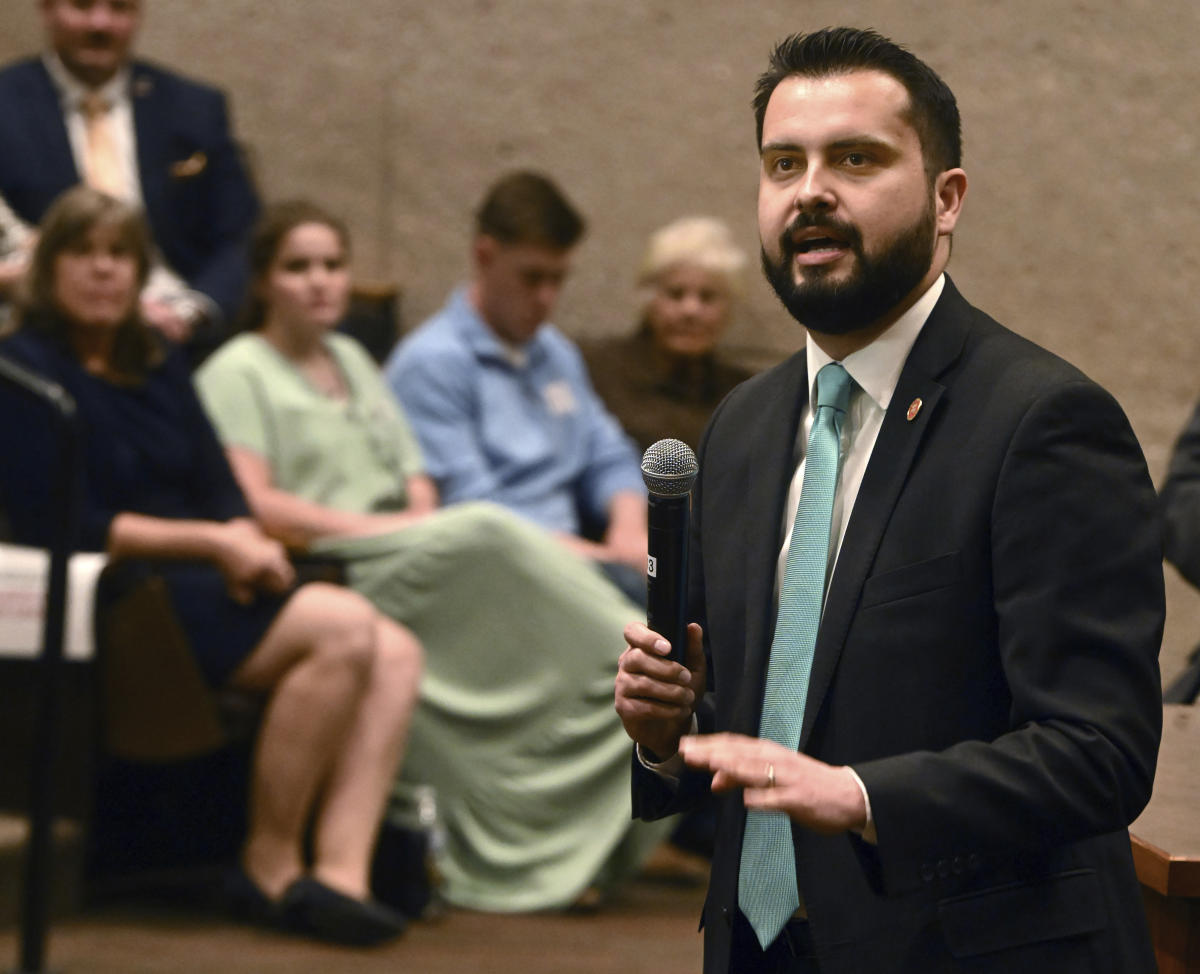Earlier this month, after fans who noticed her absence from their TV screens, QVC personality Kim Gravel revealed that she’d taken some time off after being diagnosed with Bell’s palsy. The condition is characterized by the sudden, typically temporary weakness or paralysis of the muscles on one side of the face and can cause profound change to one’s appearance. In an Instagram Live on Jan. 14, Gravel admitted that the diagnosis “took me for a loop.”
“I didn’t want to work and I didn’t want to participate in Christmas and I didn’t want to be around anyone,” said Gravel, who is known for her fashion and beauty lines. “I was down in the dumps, depressed.”
But the launch of her new beauty brand Love Who You Are, she added, was pushing her to “practice what you preach” — by loving herself and returning to TV while still dealing with facial droopiness. Gravel opened up more about her health in a follow-up Instagram video posted this week, in which she recalled how “a few weeks ago, I woke up and half of my side was paralyzed with Bell’s palsy.” While she described herself as being in the middle “of a storm,” Gravel is determined to not let her diagnosis interfere with her work or her self-image.
“There’s nothing like practicing what you preach and really understanding what Love Who You Are means,” the host told her followers. “Storms are there, I think, to refocus us and allow us to understand what life is really about and really appreciate that we only get one life, and it’s up to us to live it to the fullest.”
Since her announcement, Gravel has been flooded with support from fans, with many thanking her for drawing attention to her condition. Here’s what those who have dealt with Bell’s palsy themselves tell Yahoo Life.
What to know about Bell’s palsy
Dr. Jason Nellis, an assistant professor of otolaryngology at Johns Hopkins Medicine and an expert in Bell’s palsy, previously told Yahoo Life that the condition occurs when the facial nerve that runs along the inner ear becomes inflamed, putting pressure on that nerve and resulting in facial paralysis. There is no known cause of Bell’s palsy, though it’s often linked to viral infections, including viruses such as herpes zoster (which causes chicken pox and shingles) and herpes simplex (which causes cold sores and genital herpes). Experts have also recently looked into whether or not there is a link between Bell’s palsy and COVID-19. The condition is also more prevalent in people who are pregnant, dealing with an upper respiratory tract infection or have diabetes, high blood pressure or obesity.
Most individuals with Bell’s palsy experience a spontaneous and full recovery within six months, and many see improvement within a few weeks. Unfortunately, the extent and speed of recovery can vary. In some cases, symptoms may completely resolve, while in others, there may be residual weakness or other mild effects.
While many individuals will improve without any treatment, corticosteroids, such as prednisone, and antivirals may be prescribed. In some cases, physical therapy may be recommended, as muscles that are paralyzed may shrink and shorten. Other treatments, like acupuncture, which Angelina Jolie said she used during her bout with Bell’s palsy, and Botox may also alleviate symptoms.
According to the Mayo Clinic, surgery was previously done to relieve pressure on the facial nerve, but now it’s not recommended due to risks of facial nerve injury and permanent hearing loss. Sometimes, plastic surgery might be necessary to fix ongoing facial nerve issues, however: Facial reanimation surgery can help make the face look more even and restore movement.
Babak Azizzadeh, a facial plastic surgeon and founder of the nonprofit organization the Facial Paralysis & Bell’s Palsy Foundation, tells Yahoo Life that anyone experiencing Bell’s palsy should seek medical attention immediately, as early treatment offers a better chance of having a complete recovery. As a tumor or stroke may cause facial paralysis, it’s important to see a doctor at an emergency department or urgent care. “We are talking hours, not days,” he says of seeking care.
What Bell’s palsy advocates want you to know
Azizzadeh notes that Bell’s palsy can be very “socially stressful” for individuals experiencing it, making it important for someone like Gravel to speak out. “Some people don’t want to leave their houses or see their friends,” he says, adding that if Bell’s palsy becomes permanent, or if the patient doesn’t recover properly, it can cause increased stress. Azizzadeh says that, according to the patients he treats, the most important thing you can do for someone struggling with the condition is to treat them as you always have.
Brooklyn-based writer Elena Sheppard has experienced Bell’s palsy since June 2022, and isn’t sure if her condition, which began during her pregnancy with twins, will be permanent or not. She says she’s happy to see Gravel speaking out about her experience.
“It’s strangely very embarrassing, which is a little counterintuitive because you have no control over it. It’s just a weird thing that happens. But it’s hard not to feel shame about something that’s going on, which you can’t really hide,” she tells Yahoo Life. “I think it’s great that Kim is not hiding what’s going on, because while there are thousands and thousands of people who are dealing with Bell’s palsy at any given time, it’s hard not to feel invisible. She’s making sure that is not her experience, which in turn, I’m sure, is inspiring many people.”
This article contains affilate links; if you click such a link and make a purchase, we may earn a commission.

Olivia Martin celebrates the art of living well in her lifestyle articles. She explores topics ranging from travel and fashion to home decor and culinary delights, offering inspiration for readers seeking a balanced and enjoyable lifestyle.





:max_bytes(150000):strip_icc():focal(749x0:751x2)/mother-restrained-rabid-fox-tout-051724-fb696b12f93342ea8723d7aabd0e182d.jpg)

